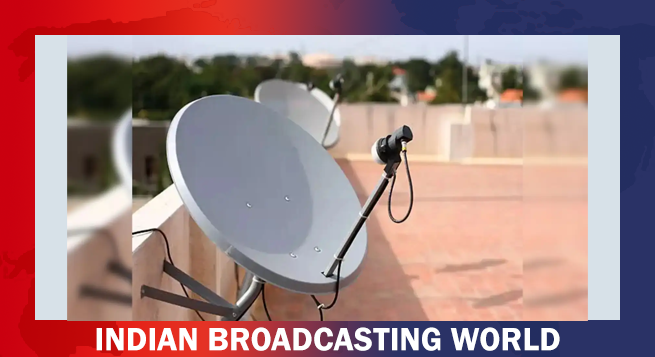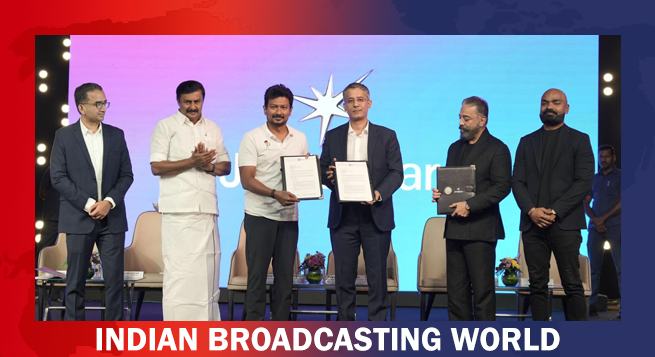Email (42 percent), followed by ads on live TV (32 percent), streamed shows (29 percent), direct mail (28 percent), YouTube and websites in general are considered the most effective advertising tactics among consumers overall, according to the ‘State of Media, Entertainment, and Tech: Consumer Engagement 2023’, a new study from Horowitz Research.
The study reveals notable differences by age, with younger US consumers (18-34 and 35-49 year-old) more likely to find text messages, social media posts, influencer sponsorships, ads in podcasts, and ads in music streaming services much more effective than older (50+) consumers do, US-based Horowitz Research said in a statement.
On the other hand, direct mail is still considered effective by 41 percent of 50+ year-old consumers, compared to 20 percent of 35-49 year-olds and 13 percent of 18-34 year-olds who consider that tactic effective to reach them.
Similarly, while 1 in 4 (22 percent) of 50+ consumers feel print is still an effective medium, only 13 percent of 35-49 year-olds and 7 percent of 18-34 year-olds feel the same.
The study revealed interesting differences when it comes to advertising in TV shows, whether live or streamed. Overall, about 1 in 3 consumers feel TV ads remain effective to reach them, but younger consumers, who have become accustomed to using subscription streaming services that are generally ad-free or have reduced ad loads, consider both live and streamed TV ads less effective than their older counterparts.

“The fact that younger consumers find ads in TV shows less effective is a reflection of their media behaviours and how the TV industry has evolved. Young people are heavy users of subscription streaming services that are generally not ad-supported, and have pretty much gravitated away from ad-supported live TV,” noted Adriana Waterston, EVP and Insights & Strategy Lead at Horowitz Research.
“It makes sense that they see other platforms as more effective since that is where they are seeing the most advertising. However, the past few years have seen an enormous increase in the number of ad-supported streaming services, opening up new opportunities for brands to reconnect with younger audiences through TV content,” she added.
As the digital television advertising space matures, consumers are becoming bullish on interactive advertising features that blur the lines between promotions and commerce, the study finds.
For example, 35 percent of consumers surveyed find it engaging to receive a promotion for products related to what they are seeing on screen. This increases to 46 percent among 35-49 year-olds. One in four (23 percent) consumers find it engaging to be able to actually purchase a product they saw in a TV show they were watching by scanning an on-screen code.
The same proportion (25 percent) also find it engaging to use augmented reality (AR) to see how things might look in real life before buying— 35 percent among 18-34 year-olds.
“We are on the brink of really exciting changes in the way that brands can leverage advanced, interactive features for digital retail right on the TV screen,” Waterston stressed, adding, “To really drive adoption, streaming platforms will need to replicate what the mobile platforms do, enabling a seamless retail experience so that on-screen shopping can be streamlined with the product just magically arriving at your door after a few simple clicks.”
The full report addresses the expectations consumers have about representation and inclusion in content and advertising, how cultural shifts are impacting those expectations, and the direct impact it has on viewing and purchase behaviour when brands are more inclusive and representative.
The survey was conducted in July 2023 among 1,813 adults 18+. Data have been weighed to ensure results are representative of the overall US population.
 Govt. not considering rules for use of AI in filmmaking: Murugan
Govt. not considering rules for use of AI in filmmaking: Murugan  DTH revenue slide to ease to 3–4% this fiscal year: Report
DTH revenue slide to ease to 3–4% this fiscal year: Report  At Agenda Aaj Tak, Aamir, Jaideep Ahlawat dwell on acting, Dharam
At Agenda Aaj Tak, Aamir, Jaideep Ahlawat dwell on acting, Dharam  JioHotstar to invest $444mn over 5 years in South Indian content
JioHotstar to invest $444mn over 5 years in South Indian content  Standing firm, TRAI rejects DoT views on satcom spectrum fee
Standing firm, TRAI rejects DoT views on satcom spectrum fee  Diljit Dosanjh wraps shoot for untitled Imtiaz Ali film
Diljit Dosanjh wraps shoot for untitled Imtiaz Ali film  ‘Bhabiji Ghar Par Hai 2.0’ to return with comedy, chaos, a supernatural twist
‘Bhabiji Ghar Par Hai 2.0’ to return with comedy, chaos, a supernatural twist  BBC names Bérangère Michel as new Group CFO
BBC names Bérangère Michel as new Group CFO  ‘Border 2’ teaser to be unveiled on Vijay Diwas
‘Border 2’ teaser to be unveiled on Vijay Diwas  CNN-News18 Rahul Shivshankar takes editorial charge
CNN-News18 Rahul Shivshankar takes editorial charge 









